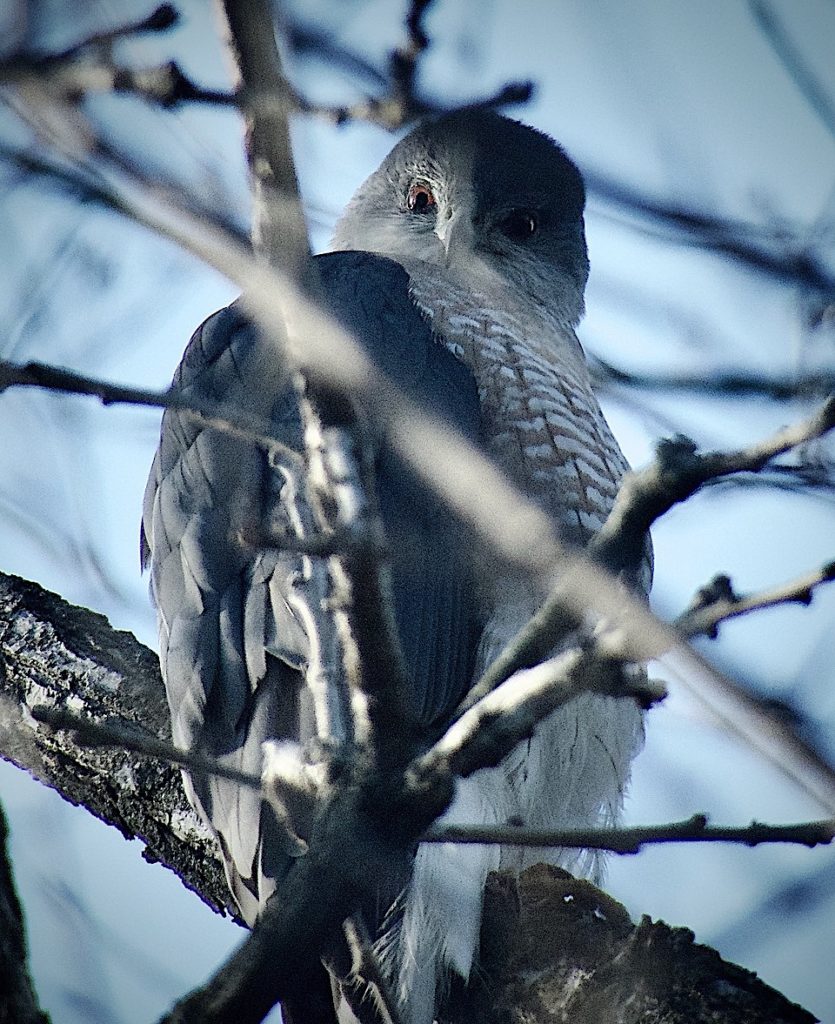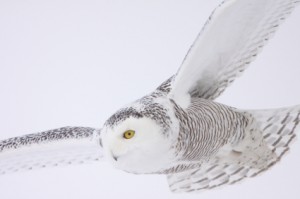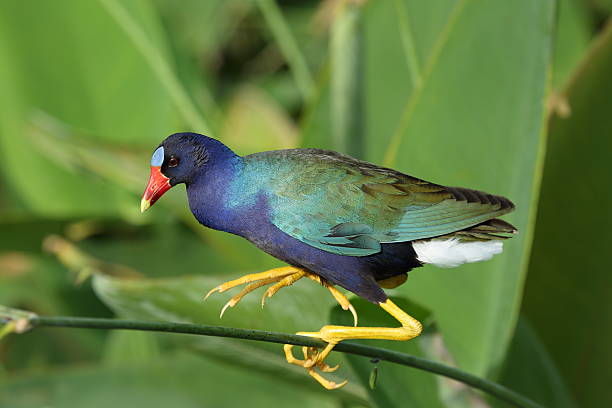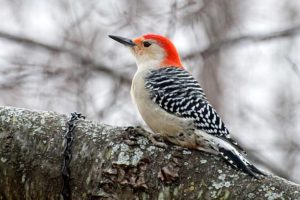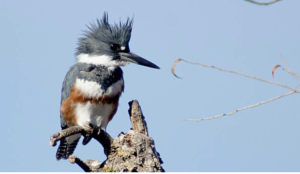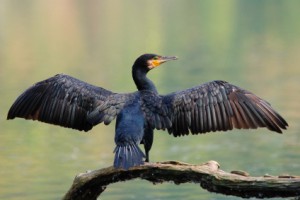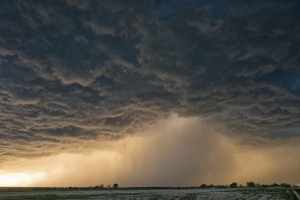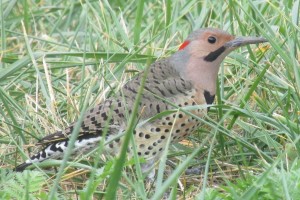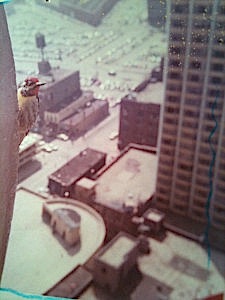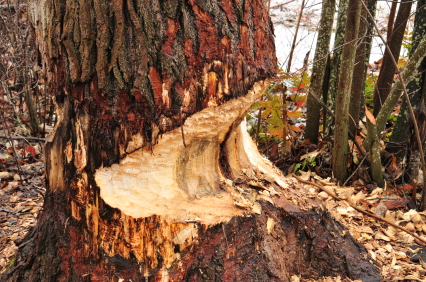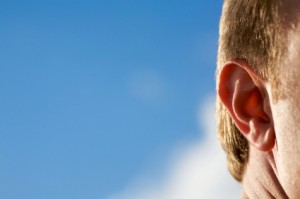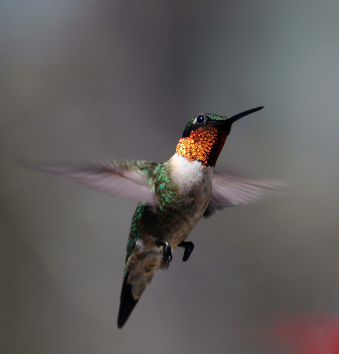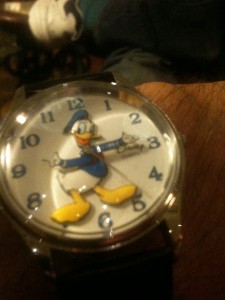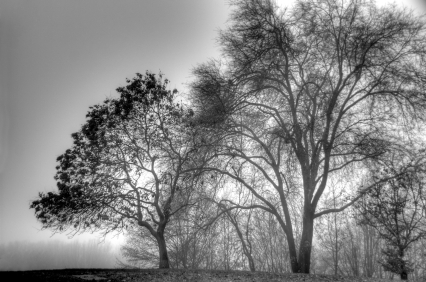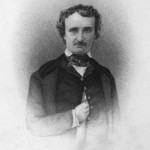You figure you’re being a good sport. You put feeders out. Seeds, maybe suet. Sure, you get a kick out of watching. But you feel you’re doing some good, helping birds make it through the winter, nourishing them, fattening them. But wait.
There’s another pair of eyes coldly watching. And agreeing with you about the “fattening” thing. The eyes of a predator. Eyes of hunger. And they’re glaring. Just look at the photo below. Let ‘em bore into you. Get a feel for nature “red in tooth and claw” as Tennyson famously wrote.
The ironic thing is that when you, kind citizen of the natural world, go out of your way to feed the birds you may very likely be feeding the bird—singular. Take a look in the surrounding trees. Don’t be surprised if you see a lone Cooper’s Hawk blending into the foliage, its markings made for camouflage, its beak made for butchery, its eyes made for watching, waiting.
And its preferred diet: small to medium-sized birds! Mostly caught on the wing. Again, just look at those eyes in Dr. Bob’s backyard photo. They say more than words. When you set out to feed the birds, you might indirectly be feeding a lightning-fast, cannibalistic Cooper’s Hawk.
That does NOT mean we should stop feeding our neighborhood birds. It simply means that we should know the score. It’s a hungry world out there. Look in the trees above your yard and see what might be looking back at you.
Thanks to Dr. Bob, photographer extraordinaire—the guy who sent in this shot of his backyard Cooper’s Hawk. He’s also the photographer who shot and wrote about a female Cardinal here in “Guest Essays” on December 10. No telling what we’ll get next from him. His cameras are set up, and he’s a two-fisted birdwatcher.

